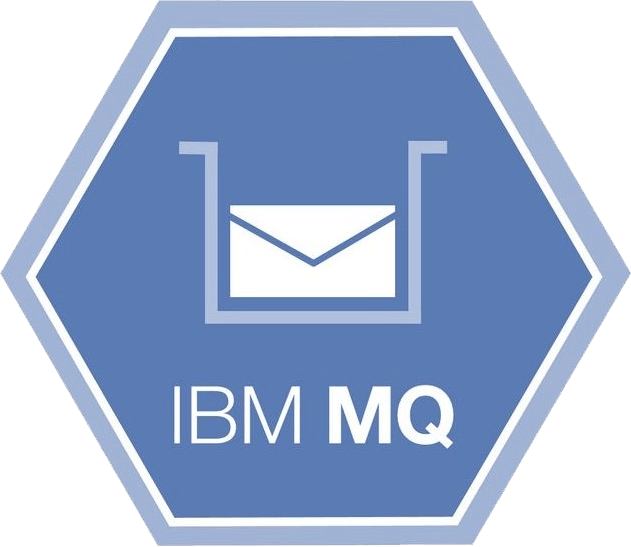Technical managers need access to highly available, extremely skilled technical talent to manage the ‘lights on’ of systems and subsystems. Key among these is database administration. If you are reading this, you likely have already chosen to outsource (either fully, or you’ve chosen a hybrid model) and now you’re shopping for a reputable vendor for your database administration… the fun part. So where to begin?
As you’re interviewing potential database administration vendors, keep these 6 questions in the rotation. If your prospects don’t have strong answers, you’ll know it’s time to check them off the list.
How large is your database administration team and how experienced are they?
Don’t be fooled by tiny shops that don’t have the manpower to support you in the way you need them to. That said, if you’re a tiny shop, you might be okay with a tiny vendor. In any case, be sure you know the capacity of your vendor’s team and know that they’ll be able to cater to your needs.
Beyond just that, you’ll want confirmation that your DBA vendor will assign dedicated resources to “man” your account. So, ask about their industry tenure. Consider questioning them about how many years of experience each DBA has and you might as well ask for a list of their specific certifications.
What is your incident management system?
Even if you’re convinced you won’t have any critical ‘fires’ that need tending, make sure the infrastructure is in place in the event that you do ever need to call up your “highly available” DBA vendor. You’re spending the money, so make sure your dollars are put to good use.
Your DBA vendor should have an extremely well built and reputable incident management tool put in place for you to submit tickets, track progress, and spin up dashboard reports to be sure you’re getting your money’s worth. For instance, you might want to justify your monthly expenditures with your DBA vendor, and therefore run a report like “average ticket length from open to close”. If your DBA vendor is dragging their sorry feet through the mud closing out your tickets, it might be time to take your business elsewhere and find a DBA vendor that’ll actually respond at the speed you want them to. If their incident management system doesn’t have this basic functionality, they might not be your best fit.
Do you offer flexible SLAs, Extended Support, and After Hours Emergency Support?
If you’re working with a reputable database administration vendor, all of these points should be fairly well outlined in the proposal or contract. The vendor should have a variety of template SLAs and packages for you to choose from. And, if one of those templates doesn’t work for you, they should be willing to meet your needs by customizing a solution that’ll service your company best.
Typically, DBA vendors will have out of the box, managed service like offerings for you to shop through. They should include, at a minimum, the following:
- Standard template Service Levels (SLAs)
- Tiered customer service levels (usually something like silver, gold, platinum, or basic, premium, VIP)
- After hours protocol (for after hours, weekends, and holidays) and corresponding SLAs
- Thorough escalation protocol
If your prospective DBA vendor gives you a blank stare or you hear nothing from them on the other end of the phone as you ask about these topics, you know it’s time to move on to the next prospect.
What is your experience level with my technologies?
There is no substitute for technology experience. Really, there isn’t. If you’re looking into a remote database administration vendor, be sure to check that they actually have the necessary know-how to support your environments. The talent pool within the vendor’s organization should be the best asset they bring to the table and they should have tenure in your technology stack. If they don’t, why not scout out your own sub-par talent rather than paying high-ticket prices for theirs?
Keep this in mind: in many cases, you may opt to add less seasoned talent to your roster to save money in the long run. So long as your junior support staff has the necessary support managing them, it’s okay to have a junior level resource, with only a few years of experience working with your technology stack, assigned to your account
How many resources are available in my technology stack.
A tricky question. You see you might be assigned a very credible group of folks ready to give you the attention you need, but believe it or not, those team members might not all be the best qualified to support your databases. Think it’s a joke? Think again.
If your prospective DBA vendor is offering you a team of 5 resources and only 2 are qualified to take on your specific database administration, that calls for some red flags.
What is your staff turnover?
You might not think to ask this question, but you should. And your DBA vendor should be prepared (and willing) to answer. The last thing you need is to find yourself stuck between a rock and a hard place working with a vendor that can’t support you because their staff keeps turning over. The right vendor will support their staff and keep them engaged enough to minimize the pain that turnover can be. Remember, one of the main reasons companies choose to outsource their database administration is because they don’t want to deal with the hassle of hiring and training, and the like. So choose a vendor that will keep the turnover to a minimum and will offer you the highest chance that your support team will be highly available and consistent.
If you have suggestions on any additional questions to ask before putting ink to paper with a DBA vendor, let us know in the comments section!
Looking for more? Read about TxMQ’s expertise in Remote Database Administration services. Or, read the blog.





